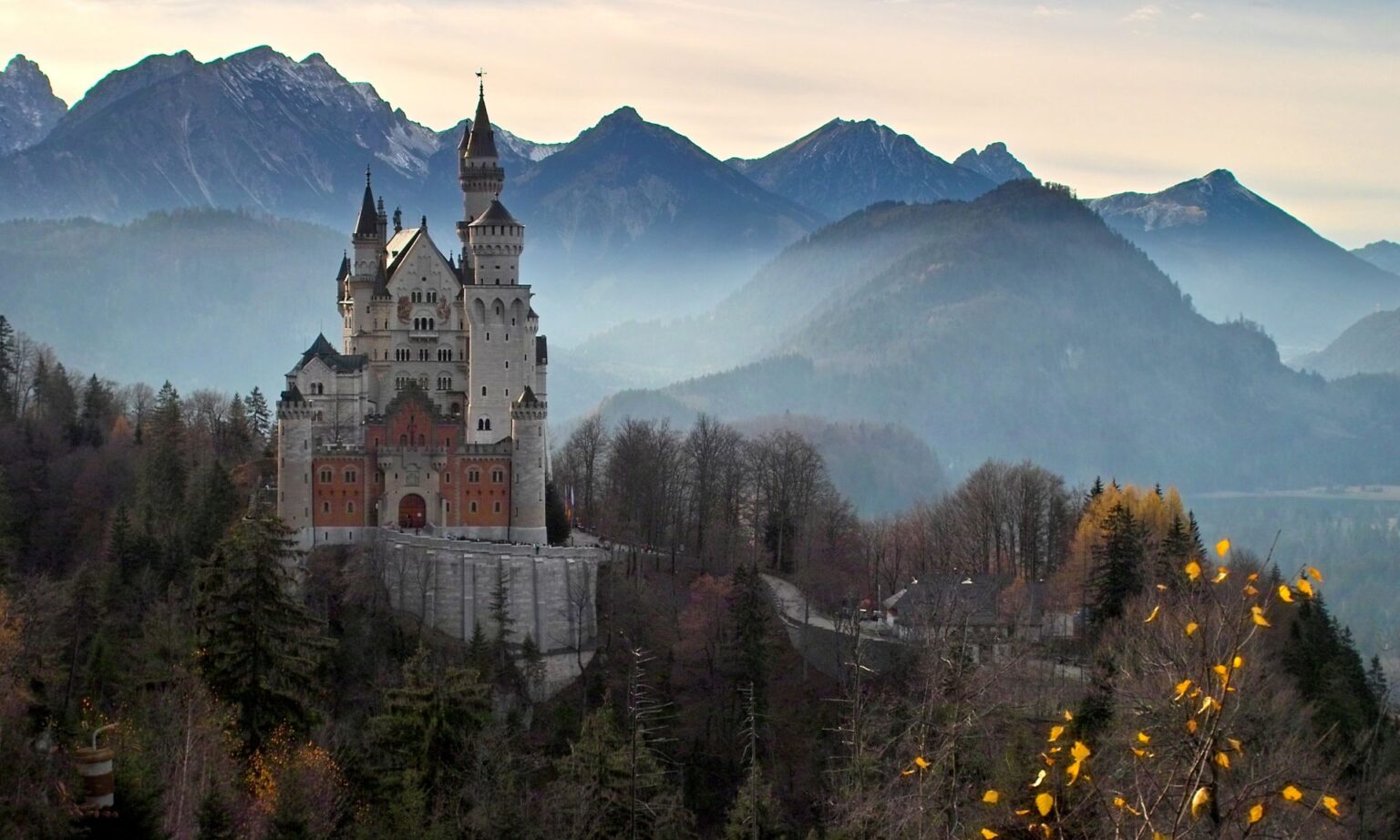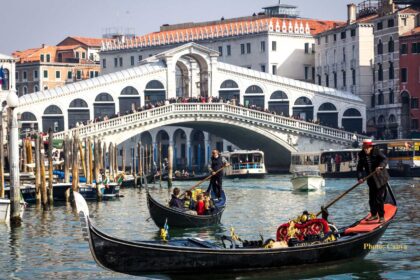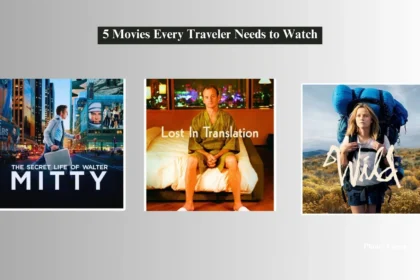Introduction:
Nestled amidst the rolling hills of Bavaria, Germany, Neuschwanstein Castle stands as a testament to the romantic spirit of King Ludwig II and the architectural grandeur of the 19th century. With its fairytale-like appearance and stunning Alpine backdrop, Neuschwanstein Castle has captured the imagination of travelers from around the world. In this article, we’ll embark on a journey to discover the enchanting history, captivating architecture, and practical tips for visiting this iconic German landmark.
- A Storybook Setting:
Neuschwanstein Castle, often referred to as the “Fairytale Castle,” was commissioned by King Ludwig II of Bavaria in the late 19th century. Inspired by the romantic tales of Richard Wagner and the medieval legends of knights and damsels, Ludwig sought to create a castle that embodied the spirit of chivalry and romance. Designed by architect Eduard Riedel and later modified by Christian Jank, the castle’s picturesque towers, turrets, and spires evoke a sense of fantasy and wonder, reminiscent of a scene from a storybook.
2. Architectural Marvels:
– Romanesque Revival Style: Neuschwanstein Castle is a masterpiece of Romanesque Revival architecture, characterized by its intricate detailing, elaborate ornamentation, and dramatic silhouette against the rugged landscape. The castle’s exterior features ornate facades adorned with sculpted friezes, pointed arches, and decorative motifs inspired by medieval art and folklore.
– Interior Splendor: While the castle’s exterior exudes charm and grandeur, its interior is equally breathtaking. Visitors can explore lavishly decorated rooms such as the Throne Room, Singers’ Hall, and King Ludwig’s private chambers, which showcase opulent furnishings, intricate woodcarvings, and vibrant frescoes depicting scenes from Wagnerian operas and Germanic mythology.
READ ALSO: A Visit to King’s Castle Provincial Park on Prince Edward Island
3. Practical Information:
– Visiting Neuschwanstein Castle: Neuschwanstein Castle is located near the town of Füssen in Bavaria, Germany. Visitors can reach the castle by car, bus, or on foot from the nearby village. Tickets for guided tours of the castle’s interior can be purchased in advance online or at the ticket center in Hohenschwangau.
– Tour Duration: Guided tours of Neuschwanstein Castle typically last approximately 30 minutes and cover the main highlights of the interior rooms, including the Throne Room, King’s Chamber, and Hall of the Singers.
– Photography: Photography is permitted inside the castle, but flash photography and tripods are not allowed. Visitors are encouraged to capture the beauty of the castle’s interior and exterior during their visit.
4. Tips for Visitors:
– Plan Ahead: Neuschwanstein Castle is a popular tourist destination, especially during the peak summer months. To avoid long lines and ensure entry, it’s advisable to book tickets for guided tours in advance.
– Wear Comfortable Footwear: The castle is situated atop a hill, and visitors must walk uphill to reach the entrance. Comfortable footwear is recommended, especially for those planning to explore the surrounding trails and viewpoints.
– Explore the Surrounding Area: In addition to visiting Neuschwanstein Castle, travelers can also explore the nearby Hohenschwangau Castle, Alpsee Lake, and scenic hiking trails that offer panoramic views of the Bavarian countryside.
Conclusion:
Neuschwanstein Castle is more than just a historic landmark; it’s a symbol of romanticism, imagination, and the enduring legacy of King Ludwig II. With its fairytale-like architecture, breathtaking scenery, and rich history, Neuschwanstein Castle continues to enchant and inspire visitors from around the globe, inviting them to embark on a journey of discovery and wonder in the heart of Bavaria, Germany.
In another related article, 5 Medieval Castles to Visit for Fascinating History and Stunning Architecture






